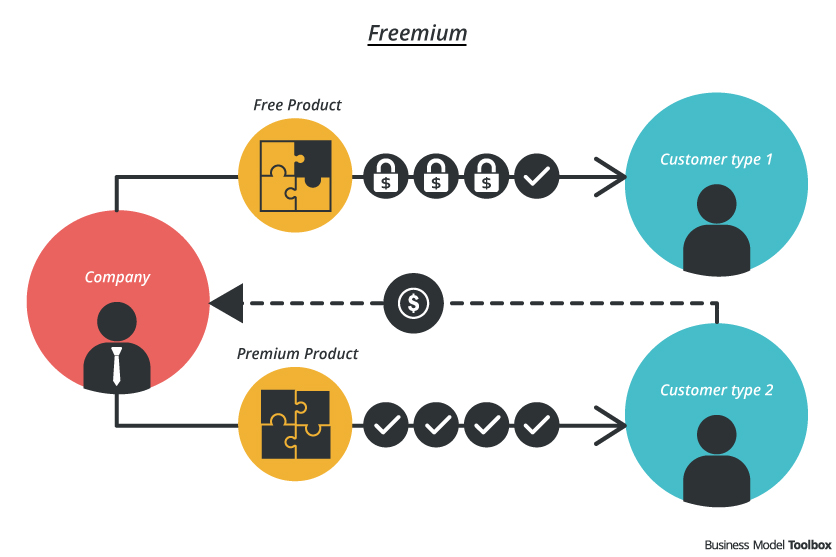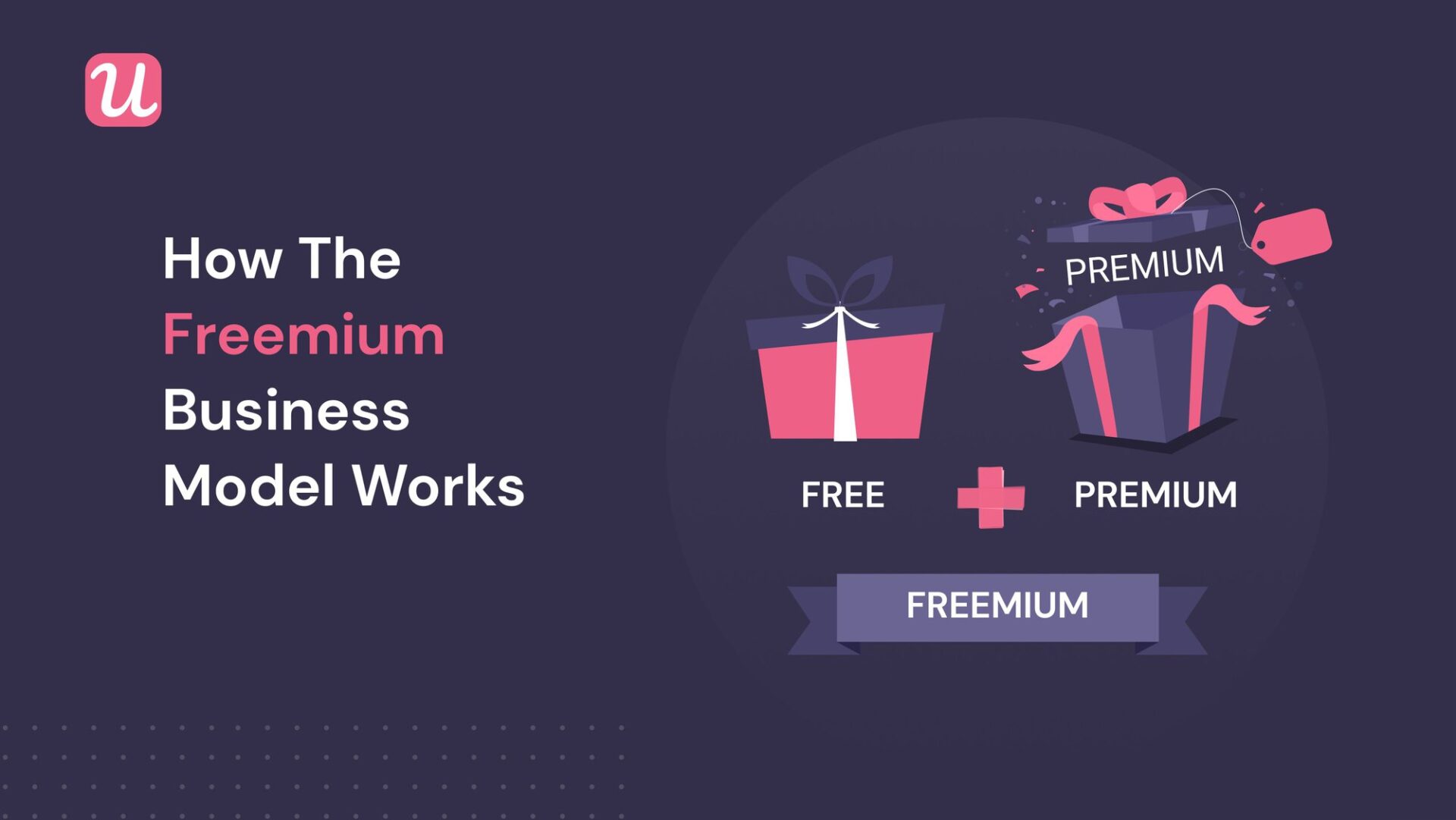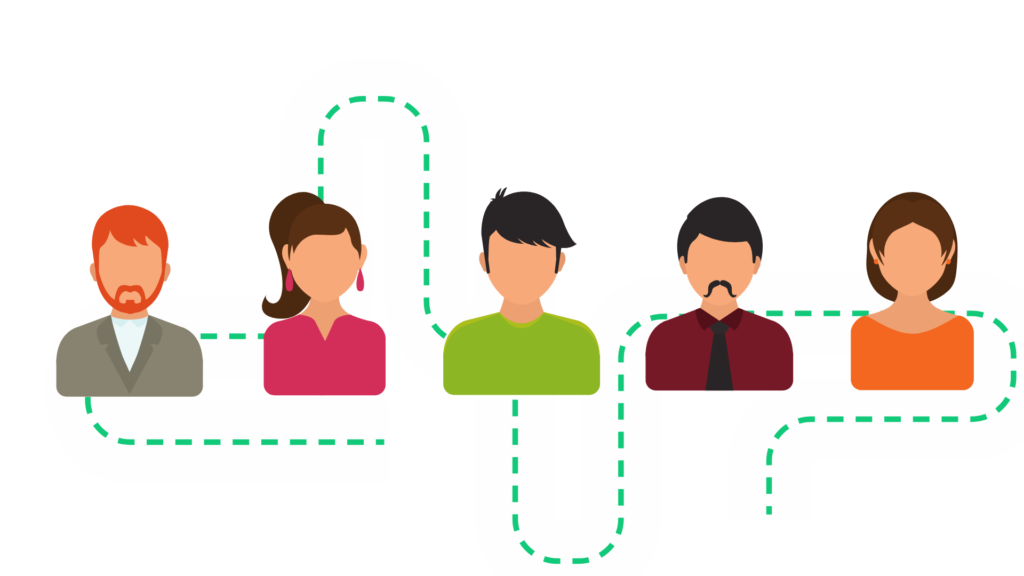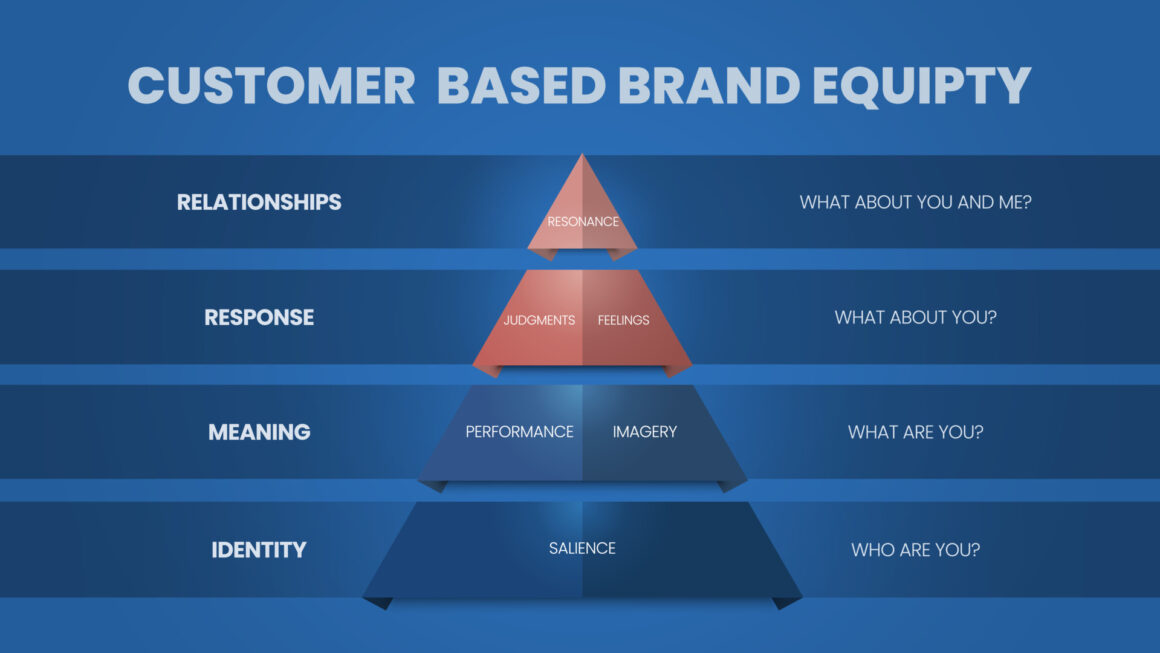What do Dropbox, Spotify, YouTube, and Fortnite all have in common? They are what people refer to as a freemium model.
Definition
The freemium business model is a product or service, which can be used free of charge. If a customer wants to use additional features, he or she needs to pay for it (i.e. premium).
Freemium is thereby a portmanteau of the words free and premium. Freemium models are offered within categories such as media, software, or (web) applications.
Freemium models originated in the late 1980’s within the software industry where the free version was used to promote a paid application.
Nonetheless, the term was coined only much later in 2006 in a blog post by venture capitalist Fred Wilson. Ironically, these were his last words in that very same post: “So from here on in, I will refer to this business model as the freemium business model. I hope the name sticks because I love it.”

Types of Freemium Business Model
Traditional Freemium
In the traditional model, the freemium product remains free forever. Normally, either the usage or amount of features is prone to a limitation. This model often suffers from the so-called penny gap, in that the freemium portion of the product is so good that customers are not incentivized to switch. The companies operating under such a model often expect that only a small number of their customers convert.
Examples include the Dropbox ‘Basic Account’ plan or Apple’s free iCloud subscription.
Land & Expand
In the Land & Expand approach, users can sign up for free. Once a critical mass is reached for users of the same organization, that very same organization is then being monetized. The underlying thinking behind this approach is allow for more signups since users don’t have to apply for company budgets. As network effects creep in, that product will then become essential to the daily work of those users – and therefore easier to get the required budget.
The most recent example of that approach is messaging platform Slack. It’s basic product is free to use, but limited to a certain amount of users and content being shared. If users want to go past those walls, they have to pay a monthly fee based on the features they select.
Unlimited “Free Trial”
The Unlimited Free Trial is a mixture of the Traditional Freemium model coupled with a free trial. It offers snippets of features so that users can test out the product, but makes it essentially unusable if not upgraded to premium. Nonetheless, this version is somehow risky to implement because users expect the freemium features to last forever and often disregard the limited trial aspect of it.
Freeware 2.0
Freeware 2.0 refers to fully functional products that remain free forever. That product is often part of an array of other products offered by a particular organization. Monetization occurs through additional (but not critical) features or special add-ons.
A great example of this approach is Fortnite. The game is fully playable for anyone and monetization occurs through add-ons such as outfits or dance moves.
Alternative Product Strategy
Alternative products are often used by companies, which already offer a set of premium services. These companies aim to branch out into other markets or industries and use the freemium product as a means to attract customers. The intention is then to cross-sell once the users are on the freemium platform.
Amazon is one of the great examples following this strategy. They utilize freemium-based services such as Twitch or Audible to cross-sell into their core platform.
Also Read: Subscription Based Business Model And How It Works?
Ecosystem
In the ecosystem model, the base product remains free forever. Therefore, users have complete access to all features on that platform. Monetization then occurs through a revenue-sharing model in which the parent companies takes a slice of the pie from each sale.
Examples include the Apple and Google Play Store respectively. The store is free to use, and if users chose to purchase a product, part of that revenue then goes to the storeowner. In Apple’s case, developers take home 70 percent from a sale while the iPhone maker obtains the rest.
Network Effect
The network model monetizes its user base through the collection and selling of data. These companies are extremely good at grabbing and monetizing your attention through the usage of sponsored ads. And the more data they collect about you, the better they get. Just as the saying goes, “if you’re not paying for the product, you are the product.”
Obvious examples include the likes of Facebook, Google, or Twitter.
Source: Productmint
To read more content like this, subscribe to our newsletter



